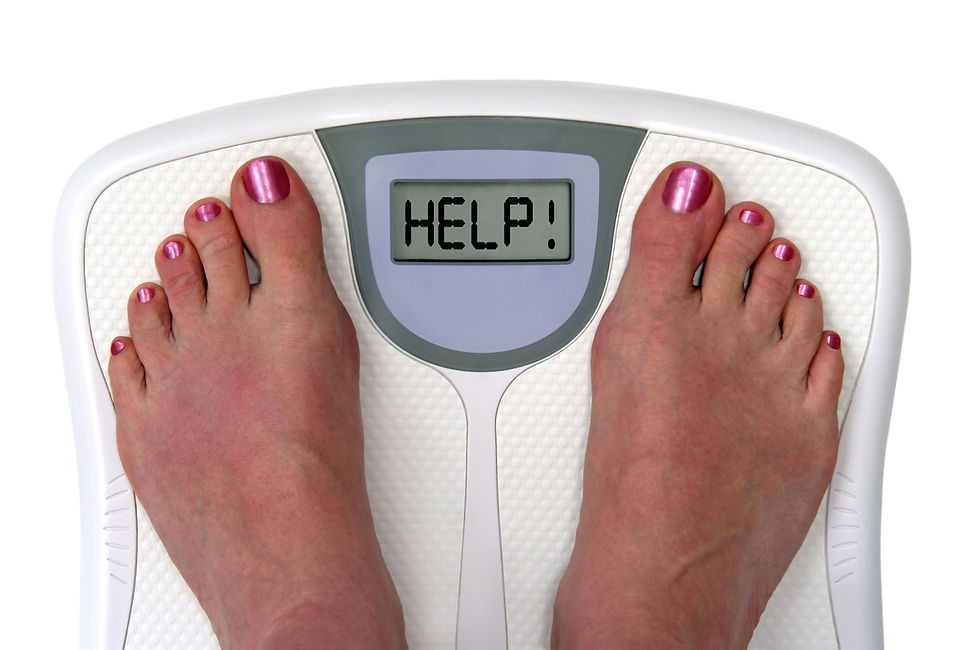Obesity's Contributing Factors
- Reuben Wouch
- Dec 22, 2016
- 2 min read

Obesity is perhaps the greatest health challenge modern society faces. Defined by Kenney, Wilmore, and Costill (2015) as having a body fat percentage greater than 25% in men and 35% in women, obesity affects 35.3% of Americans and is a factor in several major diseases like cardiovascular disease, stroke, type two diabetes, certain cancers, and osteoarthritis. As exercise professionals, reducing a person’s body fat percentage through diet and exercise should be a key goal of ours. Before exercise professionals begin a physical activity or nutrition intervention, they should be aware of the many factors which contribute to a person becoming or staying obese. Since energy imbalance and sedentary behavior are well understood factors involved in obesity, less known factors such as genetics, socioeconomic status, and occupational factors will be explored.
There is a definite link between a person’s genetic makeup and their risk for developing obesity. Body weight is the second most inheritable physical characteristic children get from their parents, after height (O'malley & Stotz, 2011). Genetic markers that are responsible for energy balance and body composition such as FTO, MC4R, ACE, PPARG, LEP, LEPR, ADRB2, and ADRB3, are often deficient in obese people (Leoaska-Duniec, Ahmetov, & Zmijewski, 2016). Since genetic factors cannot be changed, they should be acknowledged, and it is easier for some people to gain and retain weight than others.
Lower socioeconomic status also makes a person more prone to obesity. Frederick, Snellman, and Putnam (2014) found that between 2003 and 2011 that the obesity rate was decreasing among financially well off adolescents, but was increasing among poorer people. This is most likely due to inadequate access to exercise opportunities, the expense of high quality healthy food, low cost food being calorie dense, and a lack of opportunities to participate in physical activity. Exercise and nutrition professionals should focus on spreading their message and offer a less expensive option to help the less fortunate.
The way people work has changed with more sedentary jobs taking precedence over more active occupations. People who are on their feet all day at work expend more calories than their deskbound counterparts. A survey of workers in Washington state found that the most sedentary professions like truck drivers, security guards, and administrators, had a higher rate obesity than people with more active jobs such as medical professionals, farmers, and construction workers (Bonauto, Lu, & Fan, 2014). To help combat obesity at work, large companies should adopt a corporate wellness program that incorporates physical activity and nutritional counseling.
References
Bonauto, D. K., Lu, D., & Fan, Z. J. (2014). Obesity prevalence by occupation in Washington State, behavioral risk factor surveillance system. Preventing Chronic Disease, 11.
Frederick, C. B., Snellman, K., & Putnam, R. D. (2014). Increasing socioeconomic disparities in adolescent obesity. Proceedings of the National Academy of Sciences, 111(4), 1338-1342.
Kenney, W. L., Wilmore, J. H., & Costill, D. L. (2015). Physiology of sport and exercise(6th ed.). Champaign, Ill.: Human Kinetics.
Leoaska-Duniec, A., Ahmetov, I., & Zmijewski, P. (2016). Genetic variants influencing effectiveness of exercise training programmes in obesity: An overview of human studies. Biology of Sport, 33(3), 207-214
O'malley, M. A., & Stotz, K. (2011). Intervention, integration and translation in obesity research: Genetic, developmental and metaorganismal approaches. Philosophy, Ethics, and Humanities in Medicine, 6(1), 2-17




Comments